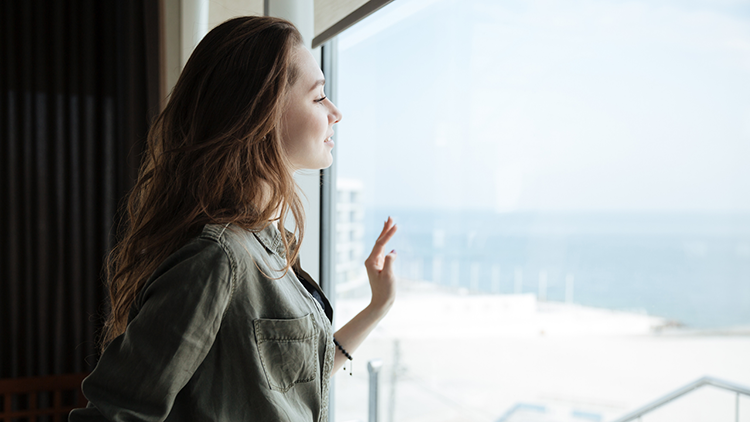New legislation increases the demands on glazing. You need to think about the sun's rays or safety
Changes in construction legislation in force since the beginning of this year also significantly affect the choice of glazing for new buildings and renovations. There are many parameters that are worth watching for glass, from its work with solar energy through its insulating and acoustic properties to the question of safety. Michal Široký from Saint-Gobain Building Glass, which manufactures and supplies building glass, advises how to best deal with all these aspects.
Stricter requirements for new buildings, introduced by the new legislation in January this year, call for a reduction in the energy intensity of buildings. "The boundaries within which the buildings are to be designed are shifting between a low-energy and a passive standard," explains Michal Široký. "The architectural concept of the building plays a crucial role in this, specifically its shape and disposition or orientation towards the sides of the world, but also the use of energy from the sun," he adds. Therefore, if the windows are well designed, solar energy that is free can be crucial for construction.
Without shielding, summer can be hell inside
However, the use of solar energy has its pitfalls. While in the winter we are grateful for the supply of light and heat through the sun's rays, in the hot summer months it can be hell. The building should therefore be able to cool down. "In this case, the appropriate type of glass is determined by whether we can effectively shade it in the summer, for example with external blinds or through architectural overlap," says an expert at Saint-Gobain Building Glass. "If shading is possible, then we can choose glass with a higher light transmission. For example, standard insulating triple glazing can be provided with highly transparent coatings that transmit maximum daylight. In some cases, extra clear glass can be used to design triple glazing, but there is a need for expert consultation with the glass manufacturer or processor, ”he explains.
However, there are also buildings, often of an administrative nature, that do not offer the possibility of external shading. However, even with them, it is necessary to prevent overheating without restricting the supply of daylight.
In the past, in these cases, highly reflective glass or glass colored green or bronze was chosen, because it was the only solution available on the market. "Fortunately, today we have sun glasses that stop the heat from the sun, but let the light pass. At the same time, they correspond to the current trend of neutral appearance without disturbing external reflection, "says Michal Široký.
The acoustics or orientation to the sides of the world also have an effect
However, many other parameters of glass must be taken into account. For example, they have a major influence on the acoustics in the room, so it is necessary to focus on their acoustic properties, especially if the building is on a busier street. In terms of security, the type of glass can affect both the risk of injury and the risk of burglary. Last but not least, it is necessary to consider which windows to choose with regard to the orientation to the sides of the world. "Light comes from the east at a different time and intensity than from the west and so on," recalls an expert from Saint-Gobain Building Glass.
A specific case is the increasingly popular sliding portals, ie openable glass doors.
As this is not exactly a cheap affair, special care must be taken in their selection of glass. "If we use ordinary insulating triple glazing for the sliding portal, the moment we open it, the boards will overlap and a six-glazing will actually be created," warns Michal Široký. This is because an enclosed space with no or minimal air flow is created between the boards. The temperature in this area can climb up to 80 ° C. "High temperatures alone wouldn't matter so much. However, if we insulate the area with something - for example, we add a seat to it from the interior side - a temperature difference will arise and the glass may break, ”explains the expert. To prevent this, a specially modified type of glass must be used for the sliding portals. "The glass that touches when opened should be tempered, or at least with a ground edge," advises an expert at Saint-Gobain Building Glass.
Digital tools make glass selection easier
Although it is necessary to think about several variables when choosing glass, it can be facilitated by various digital tools. For example, Calumen Live software is available online that can calculate all the parameters of a suitable glass. All you have to do is register, specify the requirements based on the required properties of the glass and then download or send the result to e-mail. "Since March of this year, Calumen Live has also been able to calculate the carbon footprint of the designed glass. It will play an important role in the coming years," explains Michal Široký.
If you have an iPad, you can also download a realistic glass display app called GlassPro. It allows you to quickly visually compare different types of glass. This is displayed either on the universal "cube" or on the reference building. "Thanks to the application, you can get a better idea of what the glass on the building will actually look like," concludes an expert from Saint-Gobain Building Glass.









